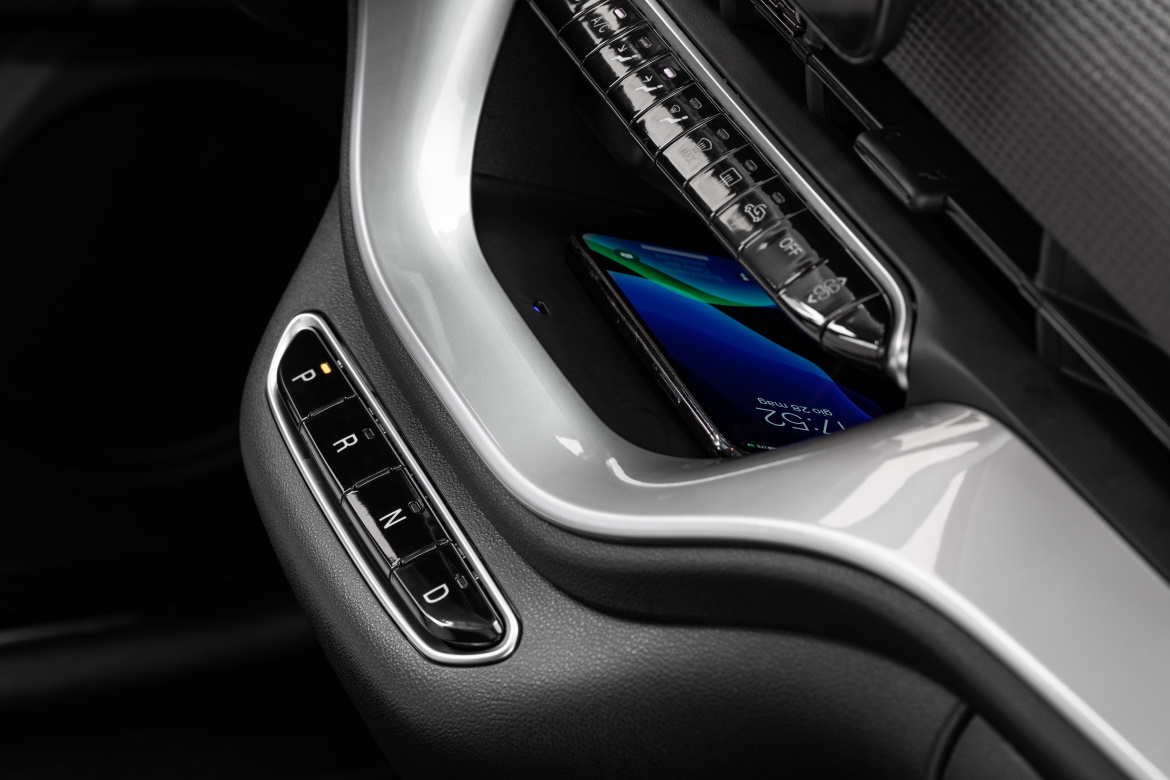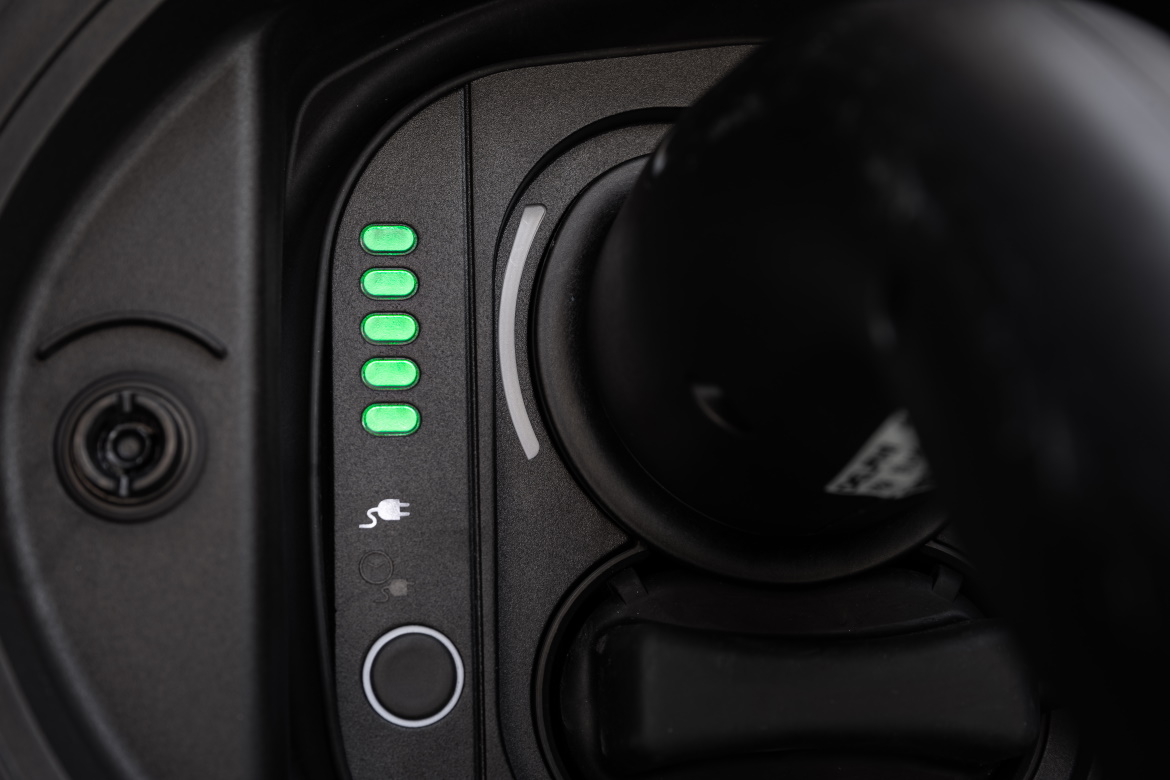The electric car is one of the elements considered key for a future with a lower environmental impact. However, it has also entailed an interesting redefinition of the user experience concept, a matter that is increasingly central in projects for developing new models, and not just that. In fact, like never before, cars are becoming more digital, connected, and technological, and some of the most important developments are strictly linked to the new type of propulsion, with effects on the interaction with the driver and, thus, on the design.

The new “Pole Position” project is also part of this great transformation. The project was created by Stellantis and UNASCA (Italy’s National Union of Driving Schools Motor Vehicle Consultants) and aims to train instructors who will teach future drivers how to use electric vehicles, as well as proposing numerous ideas that are useful for understanding the change underway. In fact, the way of driving and relating to the car is also being transformed. The gear stick, for example, is no more, with the respective commands replaced, in many cases, by simple buttons or selectors for the basic drive functions (Drive, Neutral, Reverse, Park). New elements have also been introduced, such as digital rear-view mirrors that reproduce wide-angle images captured by special cameras and that do not, therefore, need to be adjusted and positioned.
But what changes most with the advent of electrification is the way of experiencing the car, through additional functionalities in the infotainment systems that make it possible to display the battery status, book the closest charging station, and calculate the most efficient and quick routes with so many breaks for recharging. There are even smartphone applications that let you control vehicle parameters remotely and, why not, pre-heat or air-condition it with a simple touch to make the environment more comfortable. All of this is aimed at intuitive and easy use that shows how the vehicle is no longer only a mobility tool but an element technologically linked to the person themself and, we might say, “designed” for them.











